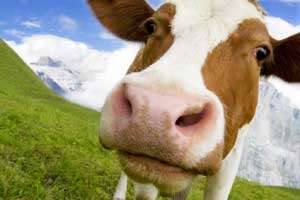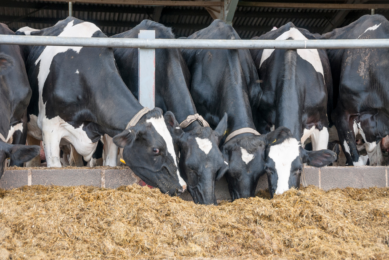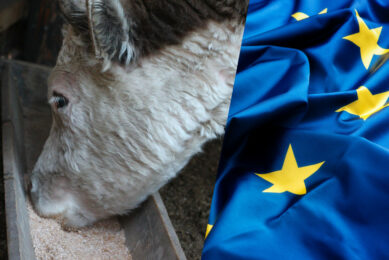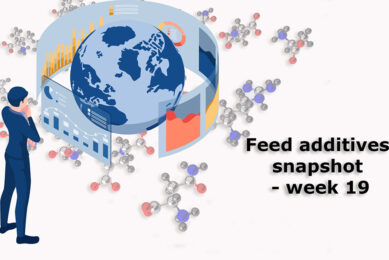Swiss stop protection of compound feed industry

As part of the debate on the EU Common Agriculture Policy (CAP) 2011, Swiss Parliament decided to stop the protection of the compound feed industry and milk substitutes used for animal feed by removing custom duties on raw materials as of 1 July 2011.
Breeders thus benefit from a more open market without the grain producers are disadvantaged
The price of feed is a double-edged sword in agriculture. They provide income for grain farmers, but at the same time represent a significant expense item for livestock farmers.
At institutional level, tariff protection is intended to promote, if necessary, the primary production of the country, but it should not unnecessarily raise livestock prices or protect industries upstream and downstream.
That is why Swiss Parliament decided in 2007 that the rates of customs duties based on a system of threshold prices should no longer include protection of the industry.
The Federal Council then limited the duration of the grant of a supplement for the feed industry to end in 2011. The Federal Department of Economic Affairs FDEA thus reduced the protective measures in steps and is now completely abolished on 1 July 2011.
The reduction in the protection of the industry had no influence on grain prices. Since 2005, feed grain prices have fallen because of a compromise within the agricultural sector and on the reduction of tariff protection for raw materials. The increase in direct payments helped offset the decline in prices in the area of field crops.
The Swiss compound feed industry has improved its competitiveness, so that it is hardly under pressure from imports, despite the phased removal of the protective measures. In 2010, less than half a percent of compound feed was imported into Switzerland.










